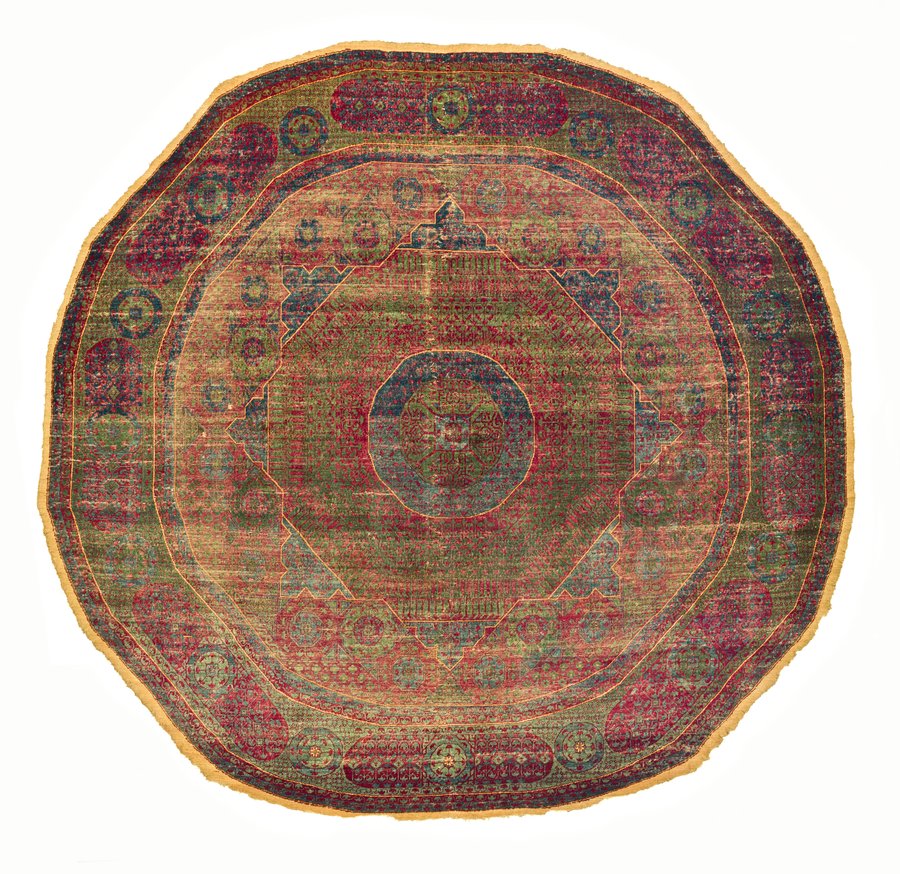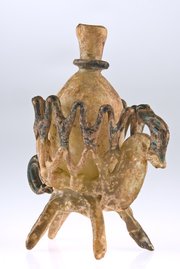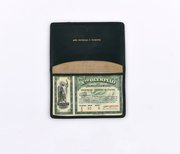
Mamluk-Style Octogonal Carpet
Museum of Islamic Art
- Title:
- Mamluk-Style Octogonal Carpet
- Production place:
- Cairo
- Date:
- 1525 - 1550
- Period:
- Ottoman
- Title:
- Mamluk-Style Octogonal Carpet
- Production place:
- Cairo
- Date:
- 1525 - 1550
- Period:
- Ottoman
- Material:
- Wool
- Technique:
- Weaving
- Dimensions:
- 282 × 270 cm
This circular shaped carpet was probably made in 10th century AH/16th century CE Ottoman Egypt, and joins a small group of similarly decorated rugs known as 'Mamluk style', after the Mamluk rulers of Egypt and Syria (647-923 AH/1250‑1517 CE). Known for their bold geometric patterns that are often likened to a kaleidoscope, this particular example contains a central arrangement of a circle set within an octagonal star, framed by a wide circular border of stylized vegetal motifs, and a dense pattern of circular and polygonal patterns covering the field. Perhaps the most distinctive feature of this carpet is its round shape. This carpet was probably made for royal progresses, when rulers, emirs or sultans travelled in large round tents. However, during the 10th century AH/16th century CE, such carpets were expressly made as export items for Europe, and in particular Venice, where they were used to cover tables. During the reign of Mamluk Sultan Qaitbay (r. 872-902 AH/1468-96 CE), new schools of carpet‑weaving were established, and despite Ottoman control of Cairo in 923 AH/1517 CE, many weavers continued to produce carpets of similar style.



